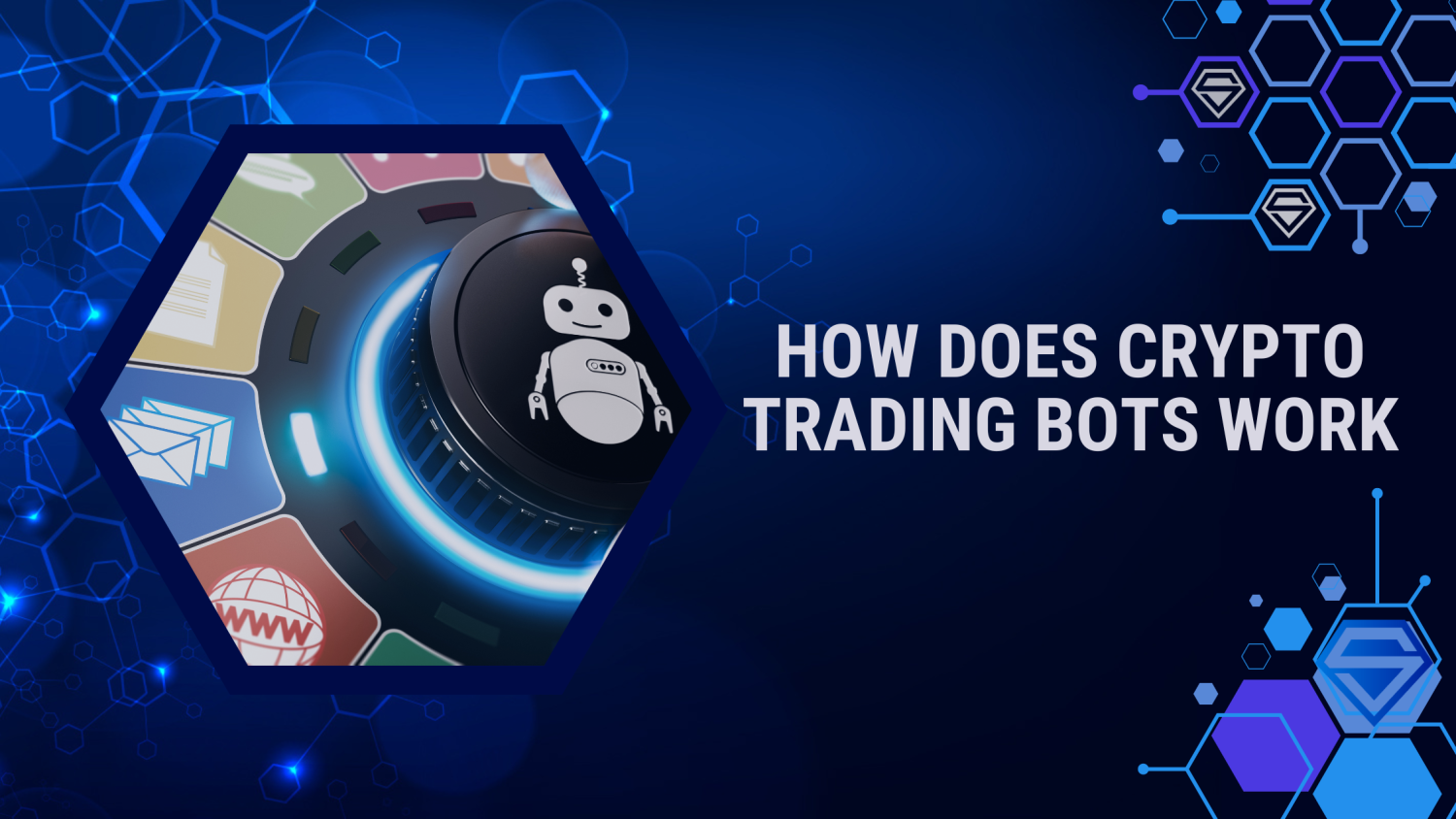
06. March, 2024
Crypto Bots vs. Brains: How Automation Works in Signals
Cryptocurrency can be a thrilling, fast-paced adventure. But with so much information flying around, it’s hard to know what trades to make. That’s where crypto signal groups come in, promising insights and guidance.
But are these groups powered by human expertise, or are bots calling the shots?
In this blog, we’ll dive deep into what automated crypto signals are, exploring the advantages and potential pitfalls. We’ll help you learn about the “bots vs. brains” debate and equip you to make informed decisions in your crypto trading.
What are Crypto Signal Groups?
But first, what are crypto signals?
Crypto signal groups are online communities where traders come together to share information, analysis, and trading signals related to cryptocurrencies. These groups can be found on various messaging apps, social media platforms, or dedicated websites.
The main goal of these groups is to help traders make profitable trades by providing timely and accurate information about market trends.
Introduction to Bots
Bots, short for robots, are computer programs that automate certain tasks. In the context of crypto signal groups, bots are designed to analyze vast amounts of market data and provide insights and signals to traders.
They are programmed to perform specific functions, such as monitoring price movements, identifying patterns, and generating trading signals.
How do these Bots Work?
Crypto trading bots collect data from various sources, including cryptocurrency exchanges, news websites, social media platforms, and technical analysis tools. They gather information about price movements, trading volumes, news events, and sentiment analysis from social media.
Once the data is collected, bots use algorithms to analyze it. They look for patterns, trends, and correlations that might indicate potential trading opportunities. For example, a bot might identify a price pattern that suggests an upcoming bullish trend in a particular cryptocurrency.
Based on the analysis, bots generate trading signals. These signals can indicate when to buy or sell a cryptocurrency, set stop-loss or take-profit levels, or provide other relevant information to traders. The signals are then shared with the members of the crypto signal group.
If Automation Exists, What is the Role of Human Traders?
While bots play a crucial role in analyzing data and generating signals, human traders bring their expertise and judgment to the table.
Human traders validate the signals generated by bots and consider other factors like market conditions, news events, and their own experience before making trading decisions. They have the final say in executing trades based on the signals provided by the bots.
Top Benefits of Automation in Crypto Signal Groups:
Speed and Efficiency
Bots can analyze vast amounts of data in real-time, providing traders with timely insights and signals. This helps traders to react quickly to market changes and make informed decisions without spending hours manually analyzing data.
Accuracy
Bots are designed to eliminate human errors and biases that can affect trading decisions. They rely on objective data analysis and predefined algorithms, increasing the accuracy of the signals provided.
Accessibility
Automation in crypto signal groups makes trading insights and signals accessible to a wider audience. High school students and beginner traders can benefit from the knowledge and expertise shared by experienced traders and the analysis performed by bots.
Potential Risks of Automated Crypto Signals
While automation in crypto signal groups offers many benefits, there are also potential risks and limitations to consider. It’s important to be aware of these factors to make informed decisions when relying on automated signals.
- Lack of Emotional Intelligence: Bots operate based on predefined algorithms and data analysis without the ability to consider human emotions or market sentiment.
- Technical Glitches and Malfunctions: A malfunctioning bot can generate false signals or miss critical information, leading to potential losses for traders.
- Dependency on Historical Data: Bots rely on historical data and patterns. If market conditions deviate significantly from historical patterns, bots may struggle to generate accurate signals.
- Limited Understanding of Context: Bots lack the ability to understand the broader context of market events.
- Limited Adaptability: While bots can be programmed to analyze specific patterns and indicators, they may struggle to adapt to new market trends or unforeseen situations.
- Potential for Over-Reliance: Traders may neglect their own research and critical thinking, which can be detrimental to their long-term trading skills and independence.
- Market Manipulation and False Signals: Some malicious actors may attempt to manipulate the market and create false signals, misleading both bots and traders.
Conclusion
Crypto signal groups offer a helping hand in navigating the ever-changing world of cryptocurrency. But with automation playing an increasingly prominent role, the question remains: are crypto signal bots the future, or is human expertise still king?
The truth lies somewhere in between. Bots excel at speed, efficiency, and removing emotion from trades. However, they lack the adaptability and understanding that human analysis provides.
The key takeaway? Don’t be a passive follower. Use signal groups as a starting point, but always conduct your own research, understand the reasoning behind signals, and implement sound risk management practices.


